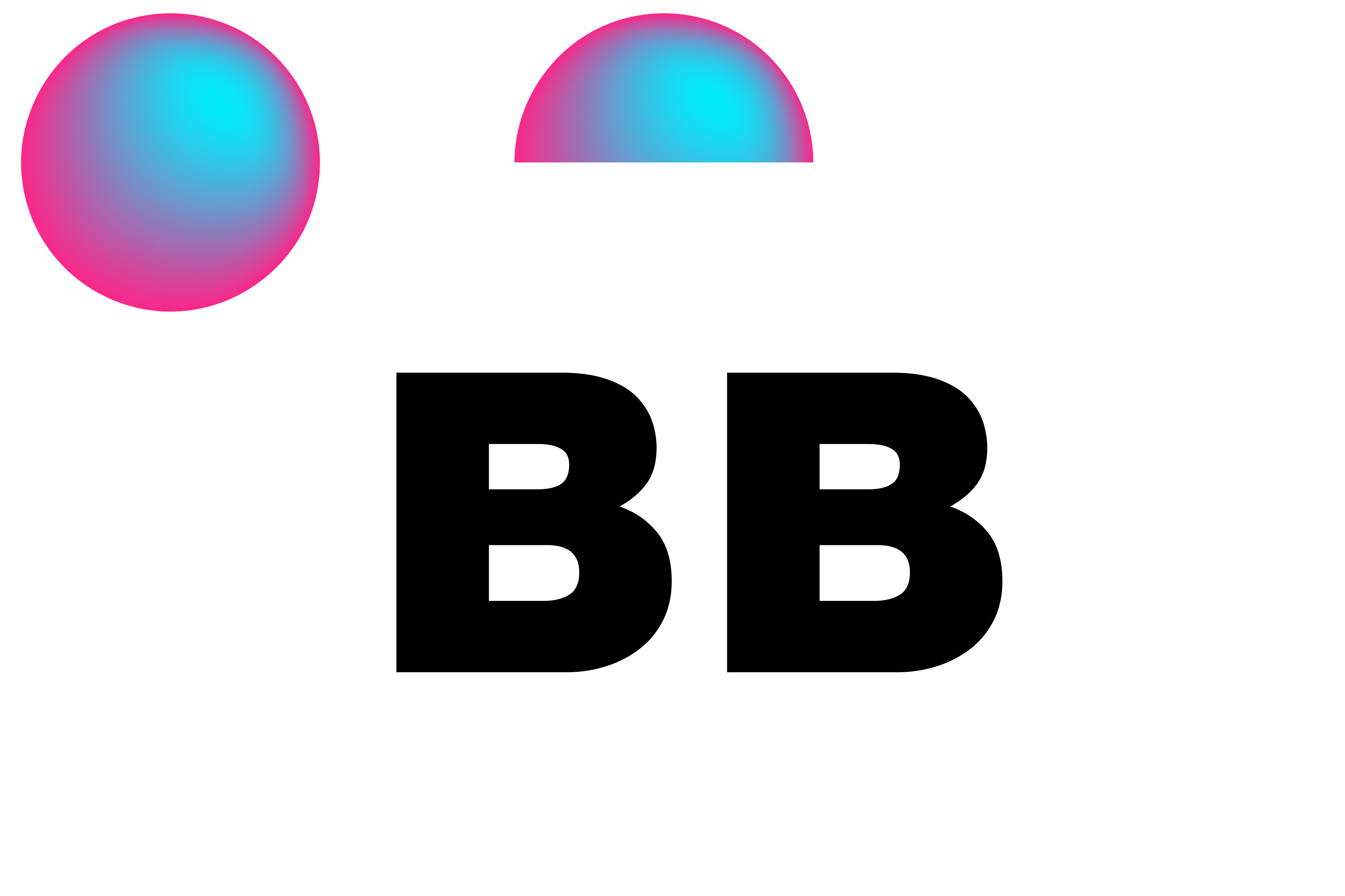It's All A Beautiful Wreck
There’s this weird moment that keeps happening lately. I’ll be mid-scroll, doom-looping through Itch or Bluesky, and stumble across some gorgeous pixel art trailer, a soundtrack that hits that indie melancholy sweet spot, maybe a mechanic I haven’t seen a hundred times before. And I’ll think: damn, this looks good. Then I’ll look it up—Steam page, wishlist numbers, dev log from two years ago—and realize the game’s dead. Or stuck. Or still coming “when it’s ready,” which often means never.
That’s indie games right now. A graveyard full of potential, and still somehow the most exciting place to be.
The indie scene in 2025 is this strange contradiction. It’s thriving and also on the edge of burnout. There's more noise than ever, but the signal—the truly creative, risky, unhinged stuff—is still there, buried under TikToks and Steam algorithm tweaks and a hundred games launching every day. You just have to dig for it.
But here’s the thing: no one’s pretending it’s easy anymore. The days of “just build something cool and the players will come” are over, if they were ever real to begin with. Most devs I know are part-time, underpaid, or living off contract work just to get their own thing off the ground. Making an indie game now is a balancing act between what you want to make and what might actually sell. And sometimes the two don’t meet.
The economics are brutal. If you’re not running a tight budget or blessed with a bit of funding, you’re gambling time, energy, and often your own health for a shot at visibility. It doesn’t help that platforms like Steam keep shifting the goalposts. Discovery’s still a nightmare, and without a publisher or some PR wizardry, your game might be dead on arrival—even if it’s good. Especially if it’s weird. Which, let’s be honest, is kind of the point.
But here’s where it gets complicated: people are still doing it. And not just doing it—thriving, in these little pockets. There are devs making cozy games with cult followings. Horror projects that blow up off one TikTok. Narrative experiments that get passed around like secrets. It’s not all doom. It’s just… more unpredictable than ever.
You’ll see more “triple-I” games now, too—indie games with polish, scope, and production values that rival AAAs, made by tiny teams that somehow pull off miracles. Think Hades, Hollow Knight, Dave the Diver, Sea of Stars. These games are the exceptions, sure, but they prove the ceiling’s still high. And they raise the bar in a way that’s both inspiring and exhausting.
What I find most compelling isn’t the big breakout hits—it’s the stuff in-between. The microcultures forming around small games. The developers sharing raw devlogs at 2AM. The itch.io bundles that raise money for mutual aid. The wild genre mashups that would never get greenlit by a publisher but find their people anyway.
There’s a sense of community that’s still intact, even if it’s fraying. More devs are transparent about burnout, budgets, scope cuts. There’s solidarity in the chaos. You’ll see threads on Reddit where a dev lays out everything they learned from a failed launch—revenue numbers, wishlist graphs, what they’d do differently—and it’s all just there, open-source emotional labor. That kind of honesty feels rare in tech, but in indie, it’s become survival instinct.
Also worth noting: the tech’s caught up. Tools like Godot, Unity (even with its drama), Unreal, and countless plugins, shaders, and AI tools (ugh, we’ll get into that another day) mean you can prototype faster, build more ambitiously, and do it all with a team of one if you have to. Which a lot of people do.
But faster tools don’t fix creative burnout. Or the creeping pressure to make your game “marketable.” I see a lot of devs struggling with that tension—between making something meaningful and making something clickable. Between making art and making content. It’s a tightrope, and not everyone makes it across.
Still, I love this space. There’s nothing like seeing someone post their janky prototype and watching it turn into a full release. Nothing like rooting for a solo dev who drops a trailer and suddenly finds themselves with a viral hit and no idea what to do next. Indie dev is full of those stories. Not always happy endings, but real ones.
So yeah. The indie scene in 2025 is kind of a mess. But it’s our mess. Scrappy, chaotic, sometimes heartbreaking—but still capable of absolute magic. If you’ve got a story to tell, there’s no better place to be.
Even if it might kill you a little.
